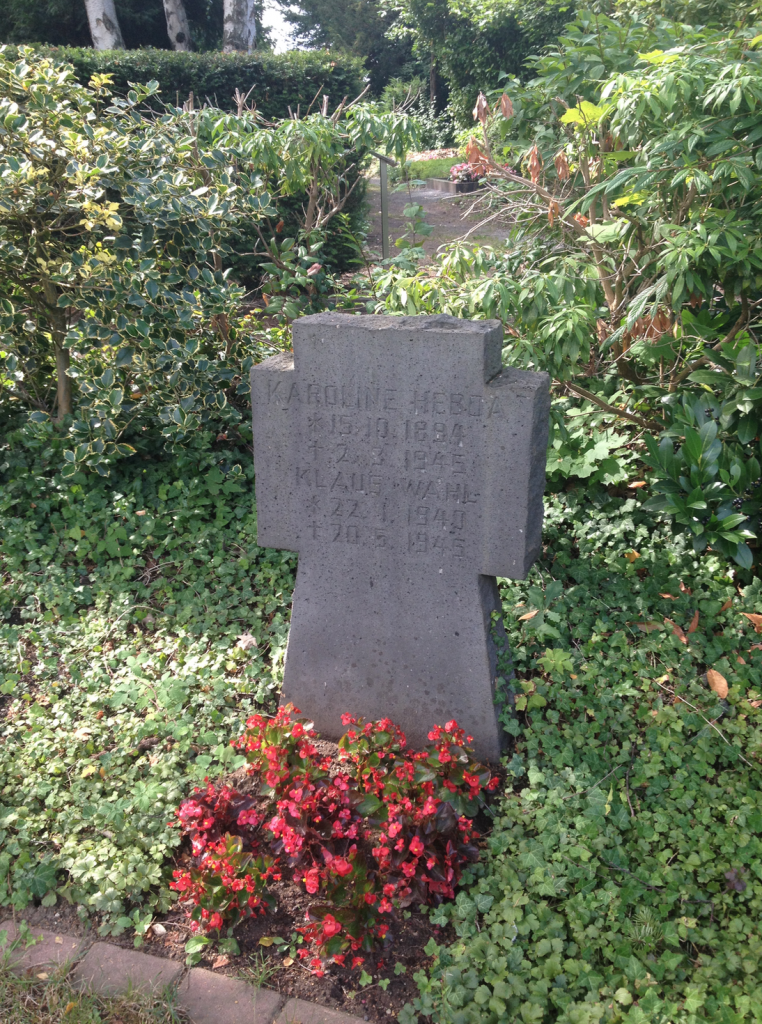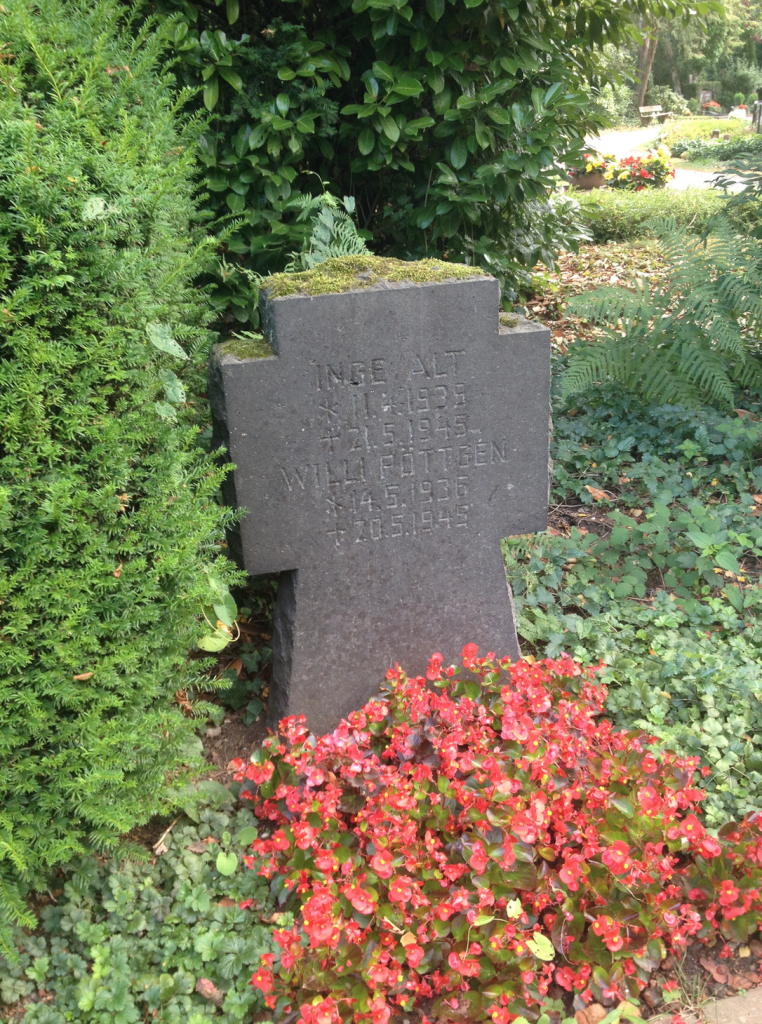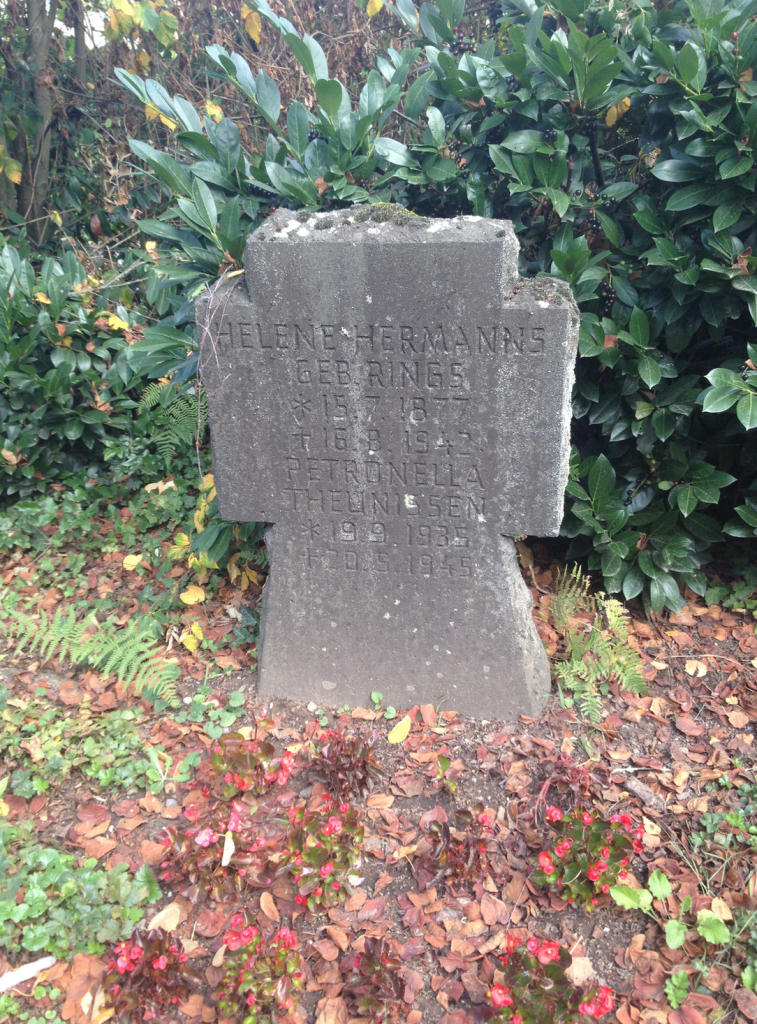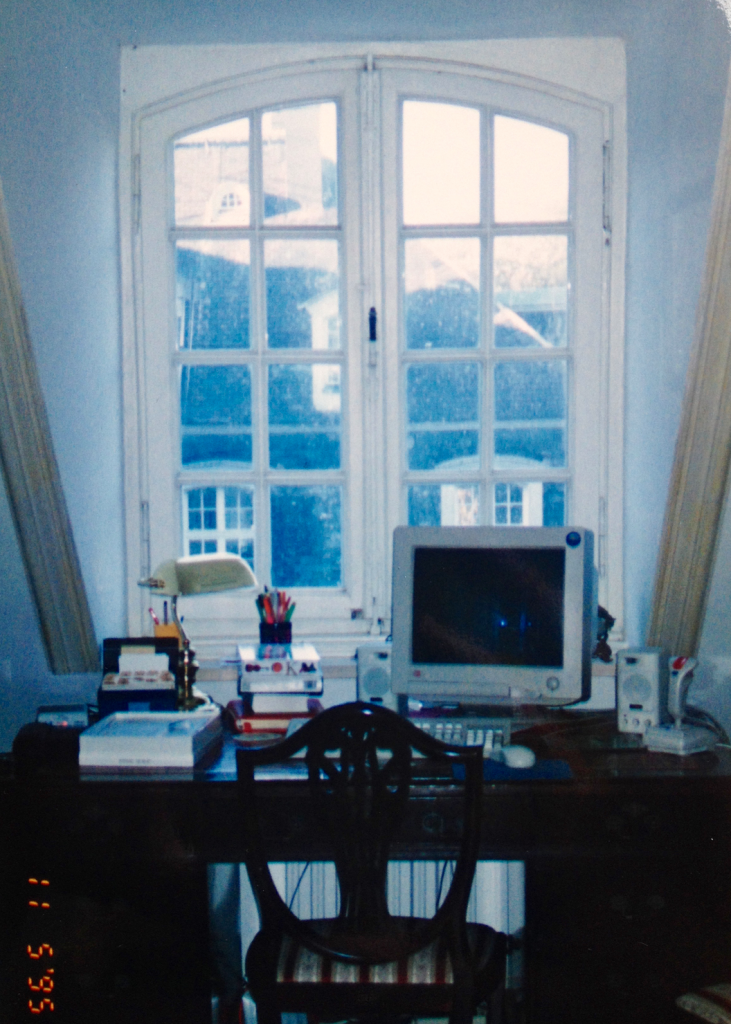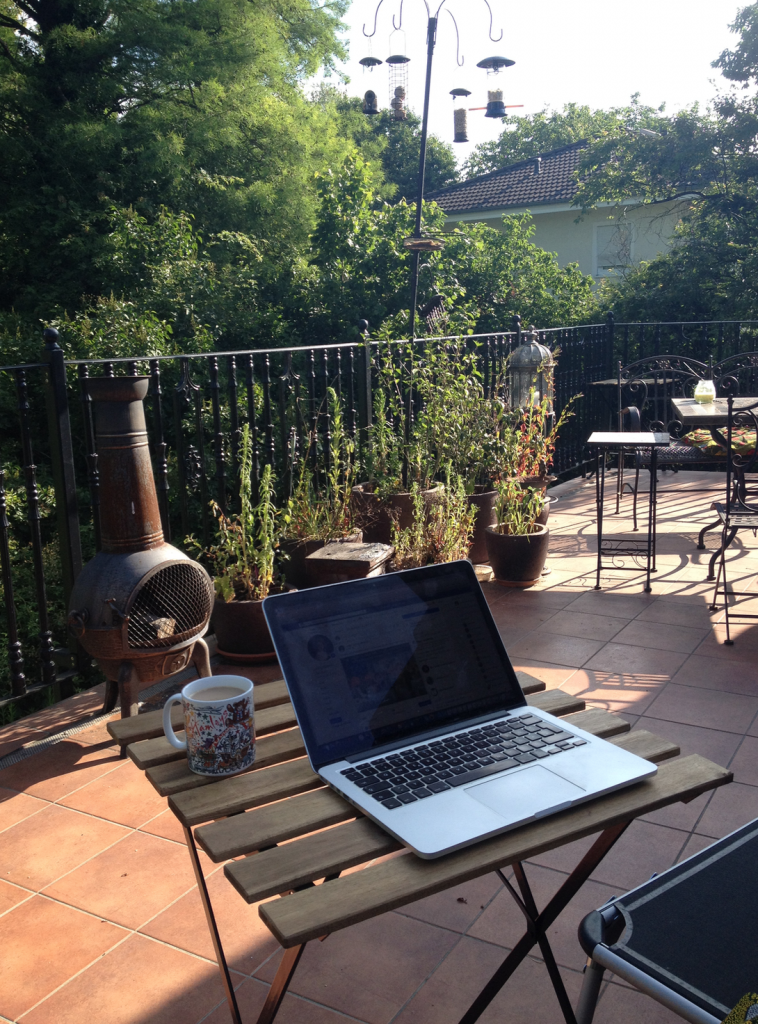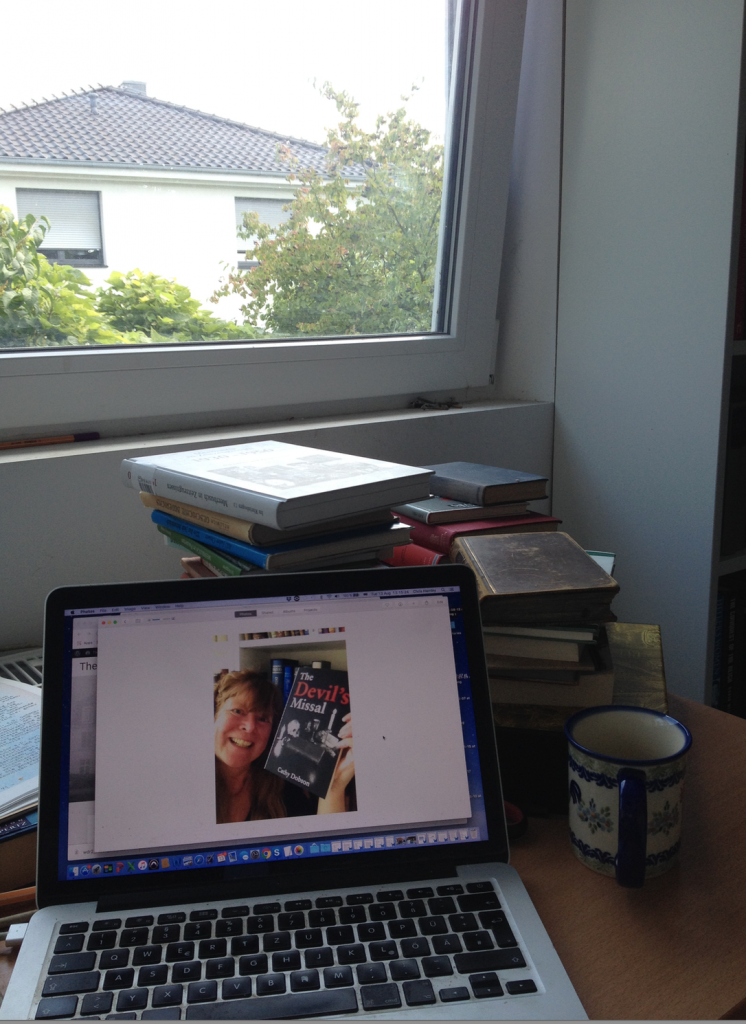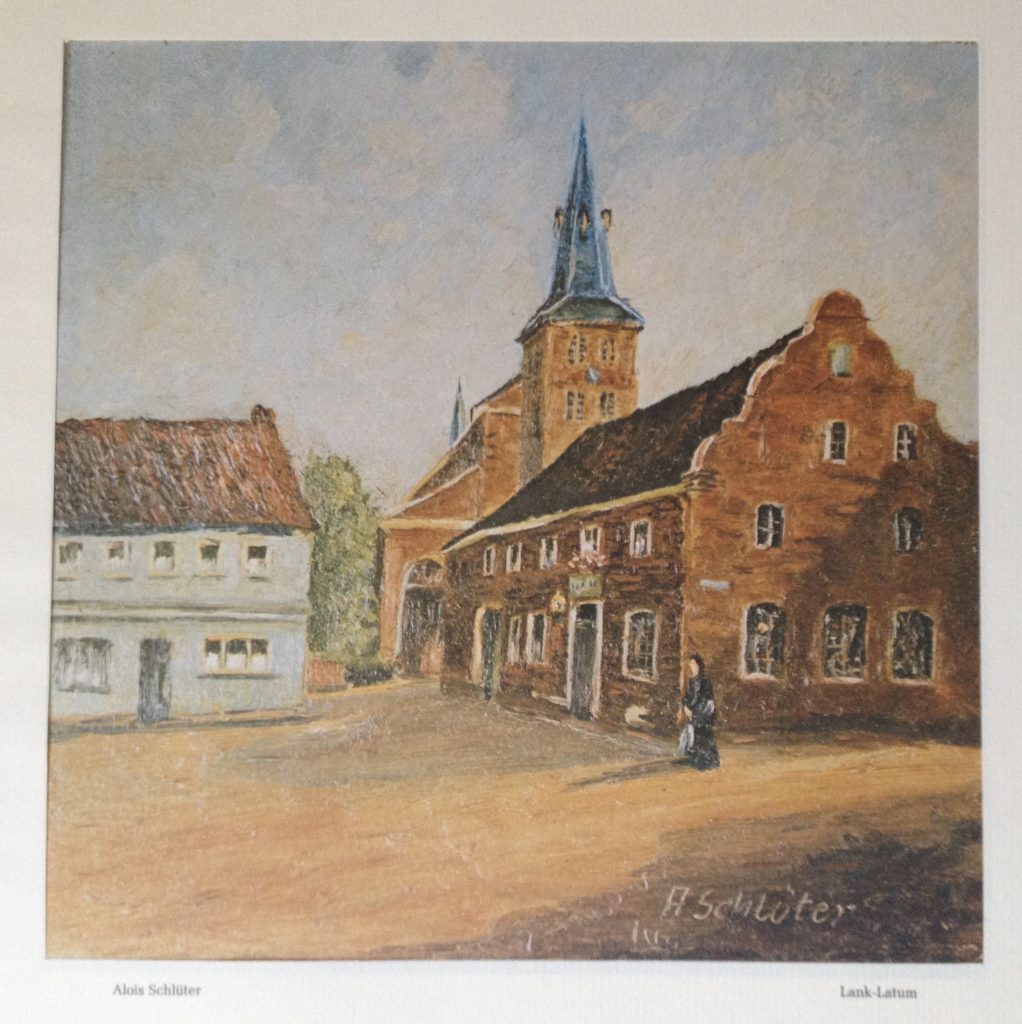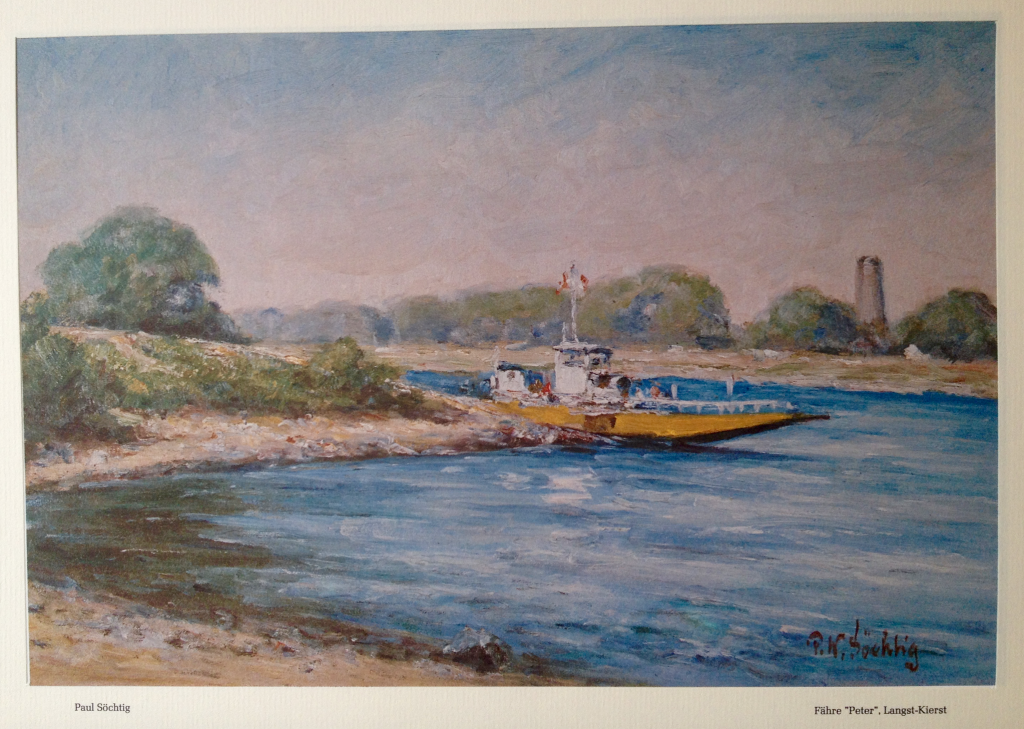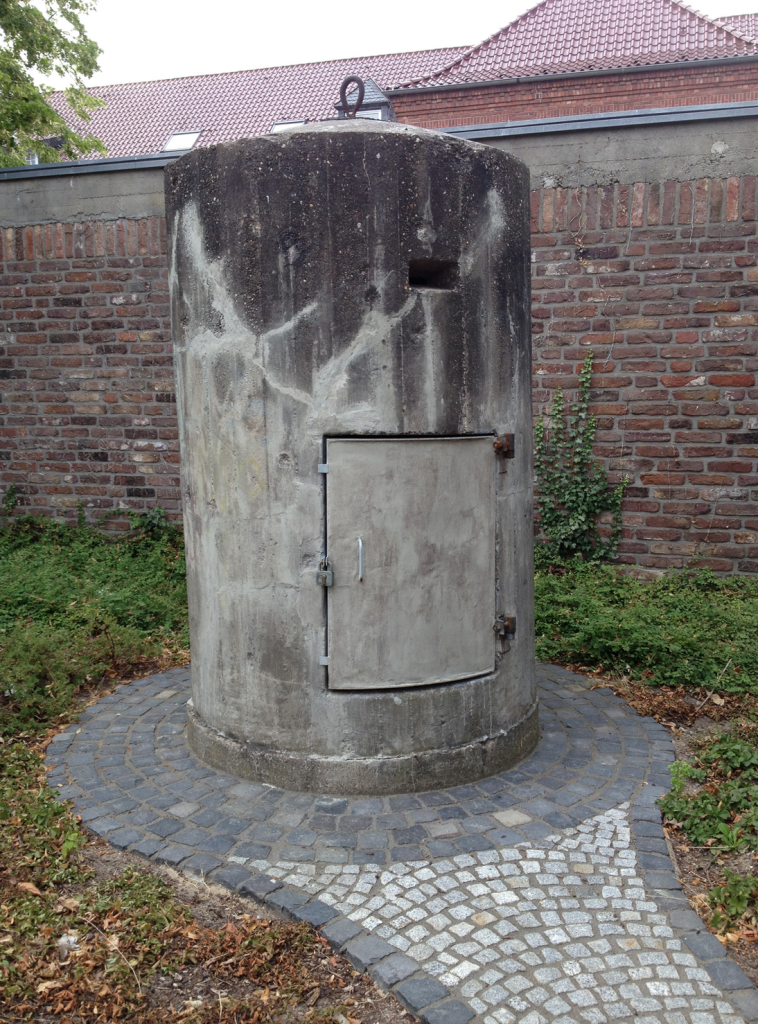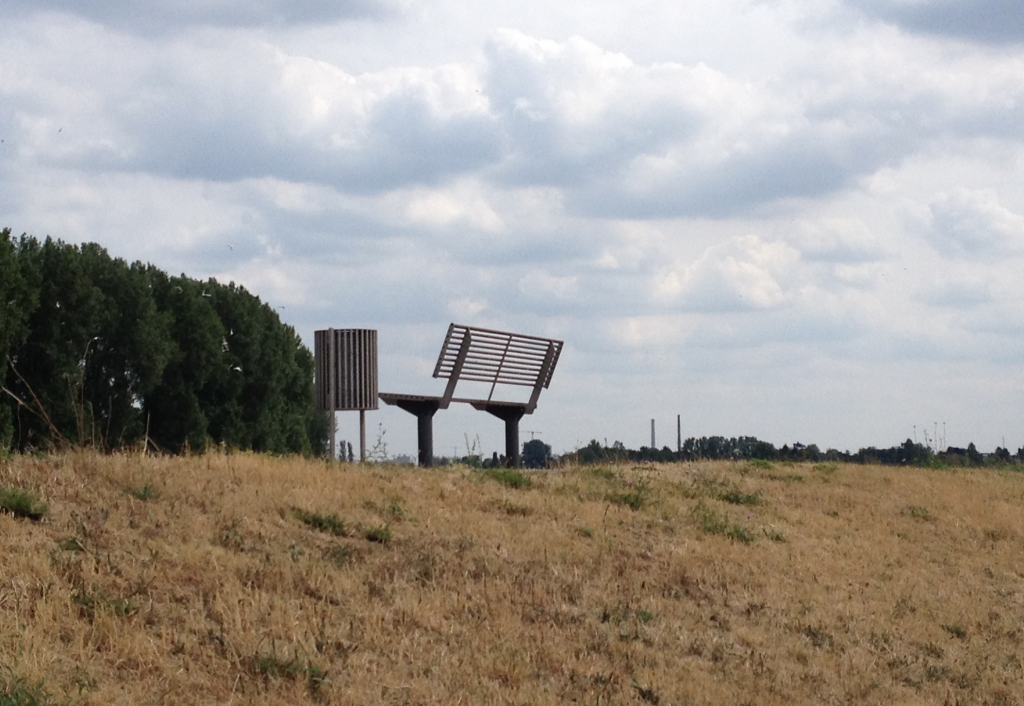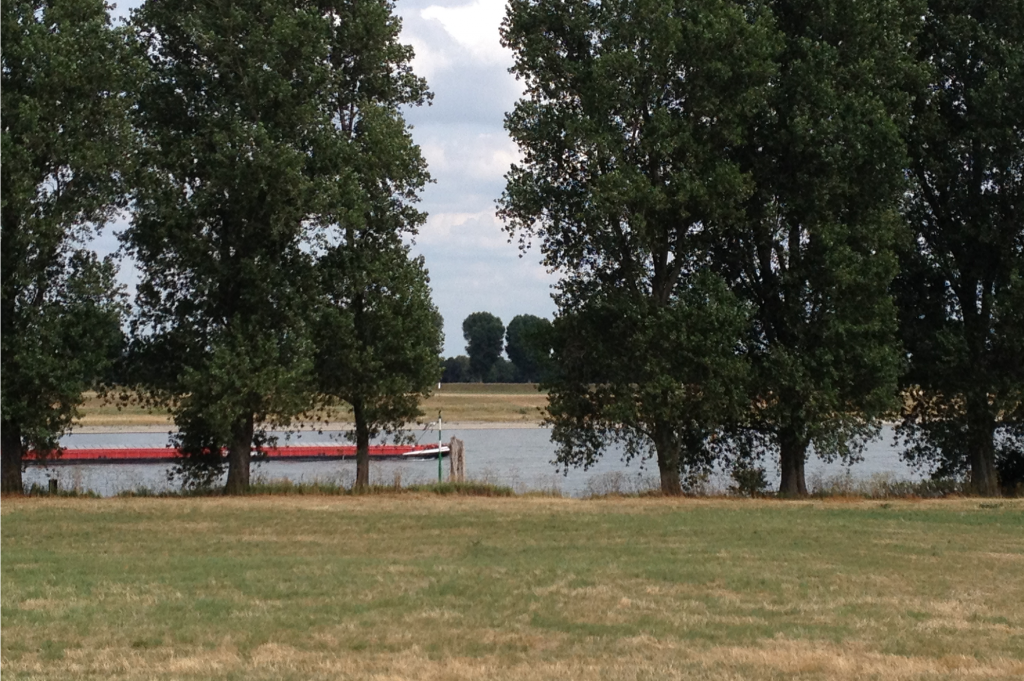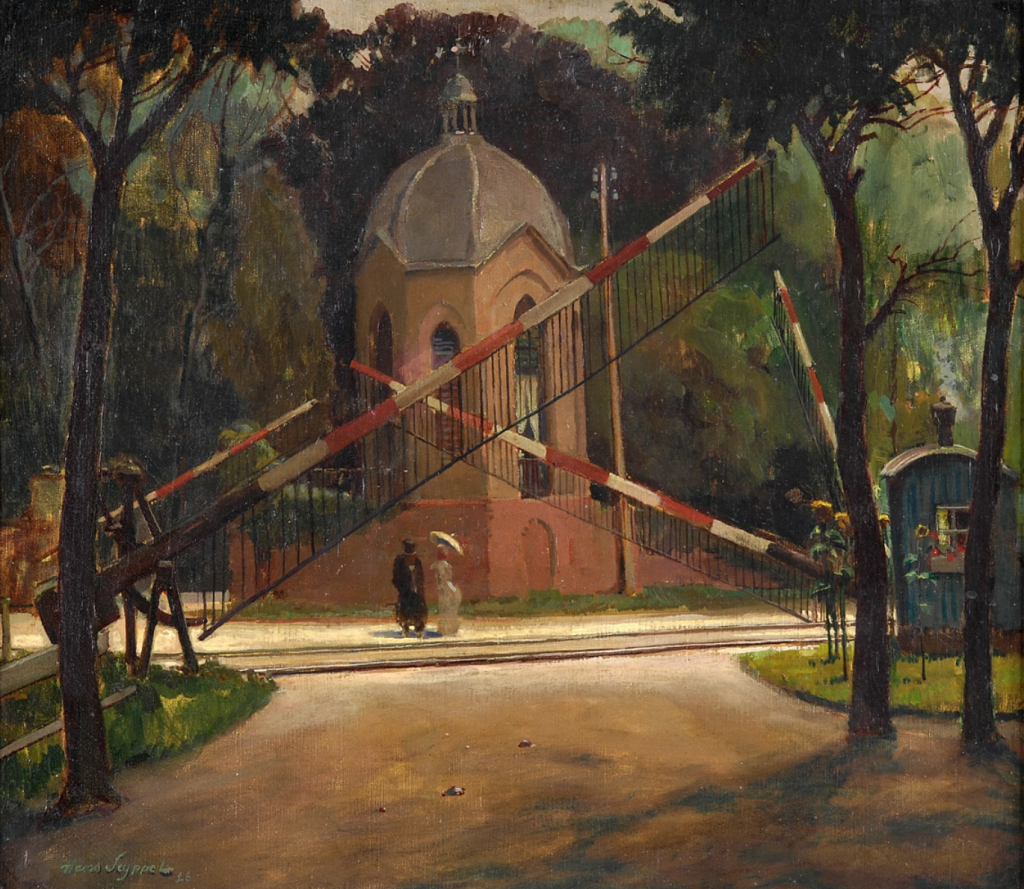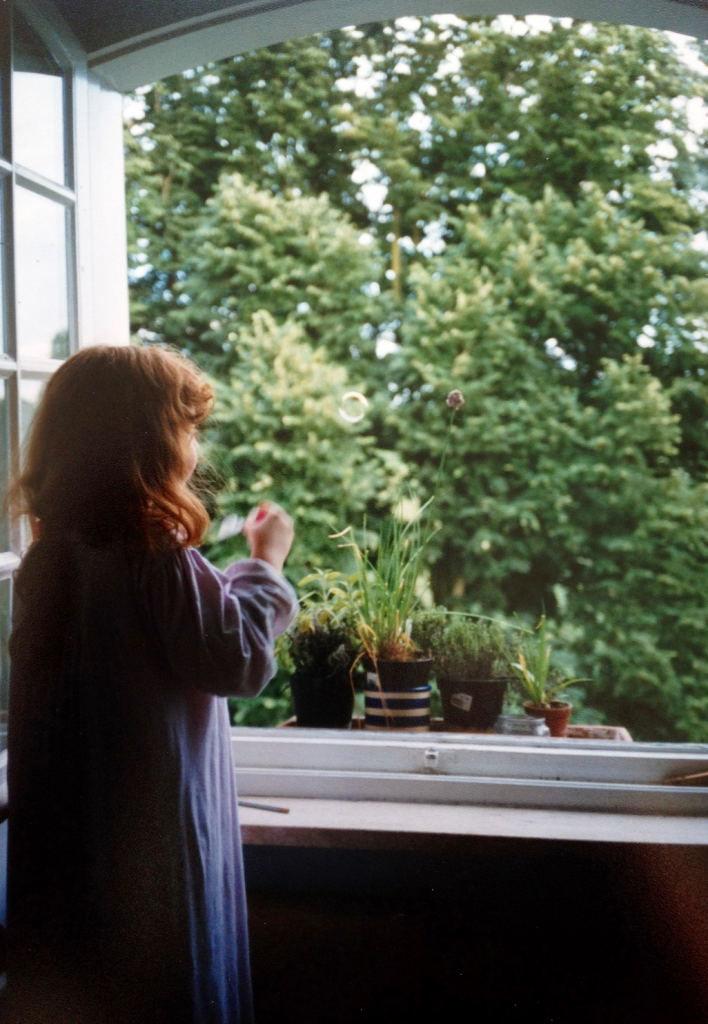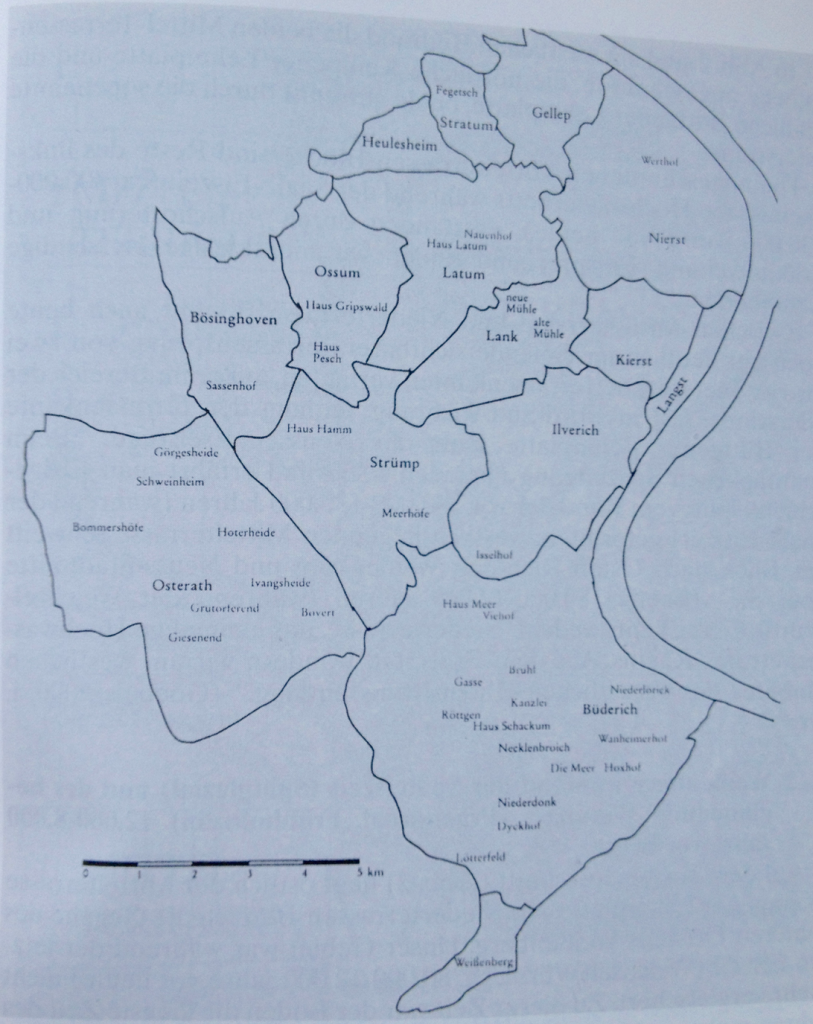While collecting stories about Meerbusch, sometimes you stumble upon one which is unbelievably poignant.
In the cemetery in Meerbusch-Büderich is a memorial to the local civilian victims of two world wars as well as one unknown soldier. The monument was designed as a warning to the population, never to let such terrible wars recur. The sculpture by Adolf Westergerling is a conical column topped by a raised warning finger. It was erected in 1959.
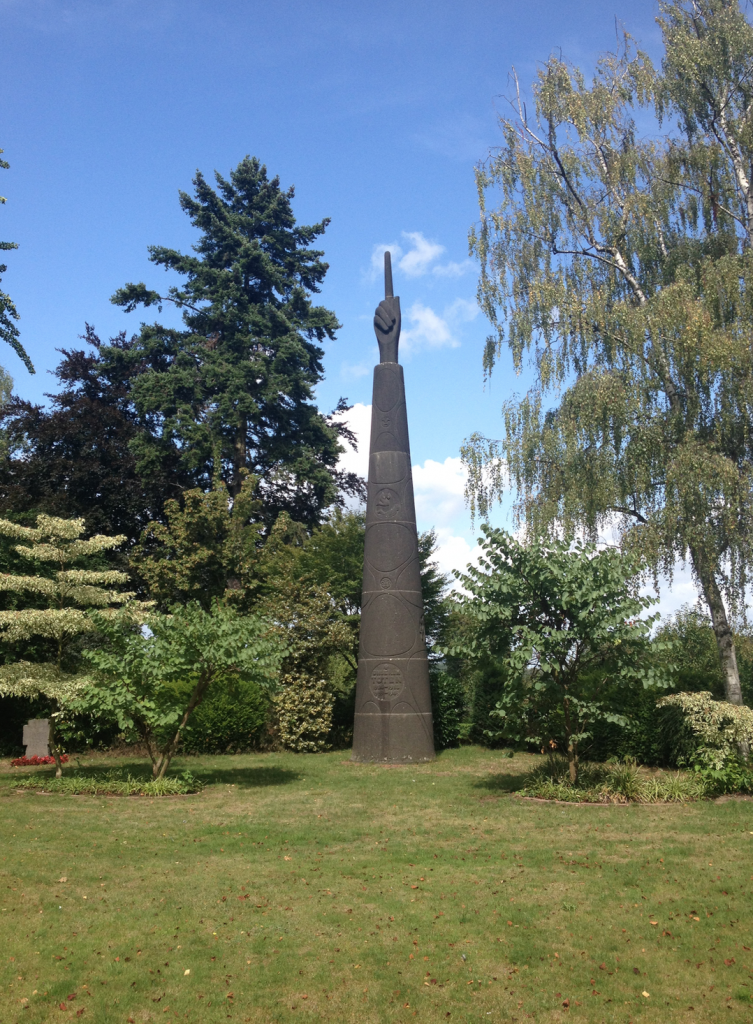
Around it, in the form of stone crosses are twenty memorials to the thirty-seven civilians who died in Meerbusch-Büderich during the conflicts. Perhaps the most bitter of all of these are the headstones for three children, all of whom lived at the end of the Nordstrasse and all of whom died on May 20th 1945.

Klaus Wahl
22.1.1940 – 20.5.1945
Willi Pöttgen
14.5.1935 – 20.5.1945
Petronella Theunissen
19.9.1935 – 20.5.1945
These children’s deaths are particularly tragic, not only because of their young age. At the time they died in May 1945, the fighting in Meerbusch was already over. A month earlier as the US army had passed through, the local German population had been evacuated from Meerbusch to villages to the south and west (mainly Heerdt and Willich) while the battle to cross the Rhine continued. By May the advancing army had passed through and the Meerbuschers had been allowed to return to their homes.
They came back to a scene of some devastation. The army of occupation had made free with provisions and possessions in the private homes they had occupied for a month. Bombardment from the opposite side of the Rhine had caused considerable destruction, as had explosions from booby traps and mines, such as the one which crippled a Sherman tank next to the Böhlerwerk.
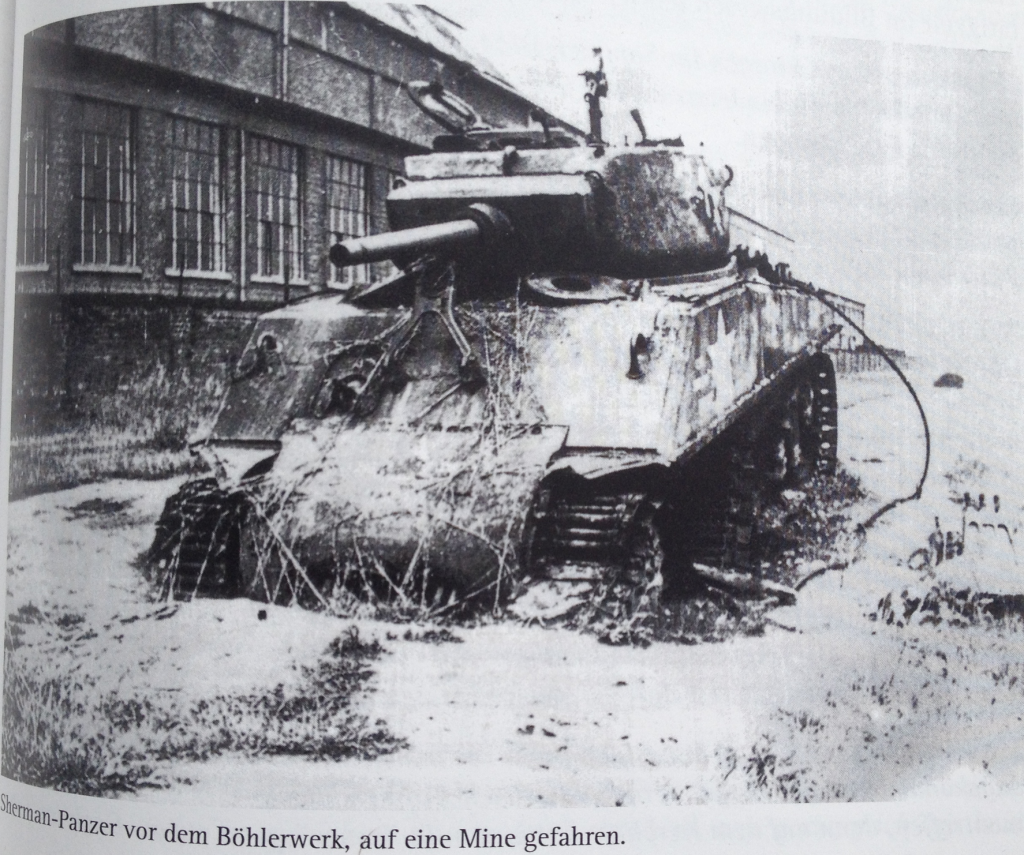
It was to this environment that Klaus Wahl, Willi Pöttgen and Petronella Theunissen returned to where they lived behind the Böhlerwerk on the Nordstrasse. On the 20th May the three young neighbours were exploring together outdoors when they discovered a new toy to play with. Tragically the ‘toy’ turned out to be a live grenade which exploded in their hands, killing them outright. They were the last casualties of world war two in Meerbusch.
